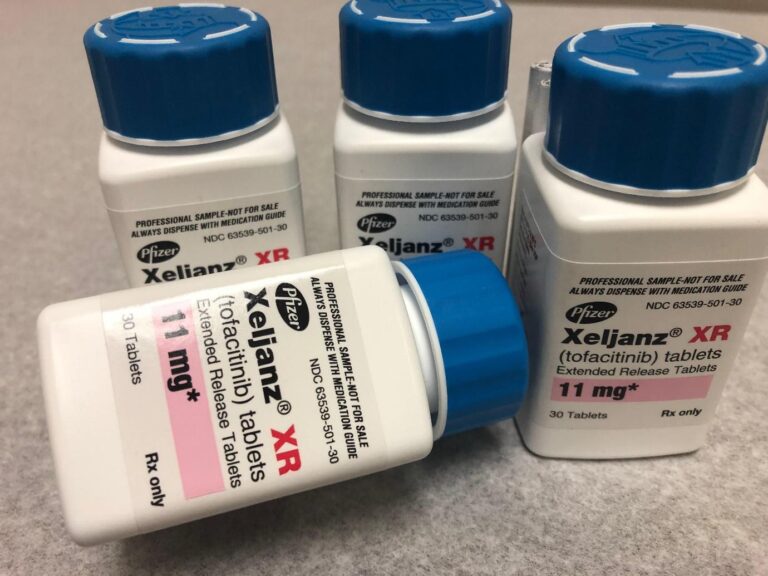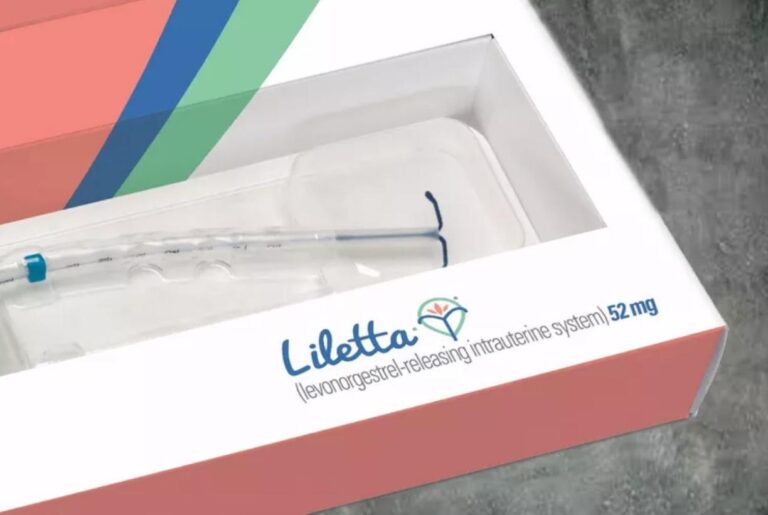When it comes to caring for our little ones, every decision we make regarding their well-being is crucial. One such decision that often perplexes parents is choosing the right baby powder. In recent years, cornstarch baby powder vs regular baby powder has gained popularity as two considerable choices.
In this article, we will delve into the differences between cornstarch and regular baby powder, exploring their ingredients, benefits, and potential risks.
Cornstarch Baby Powder vs Regular Baby Powder: The Ingredients
Cornstarch baby powder and regular baby powder have different main ingredients. Read more here:
a. What Is Cornstarch?
Even though Cornstarch has a similar appearance to talc, cornstarch consists of larger particles and is derived from corn. Meanwhile, cornstarch is simply the extracted starch from the corn plant’s kernel, possessing absorptive and anti-friction characteristics akin to talcum powder.
It is a popular ingredient in various food products, frequently found in soups, gravies, and sauces. Similar to talcum powder, cornstarch serves cosmetic purposes by aiding in keeping the skin dry. It is often employed to prevent diaper rash. Remarkably versatile, cornstarch finds a place both in the kitchen and the bathroom.
b. What Is Regular Baby Powder?
Regular baby powder is also known as Talcum or Talc powder. Talcum powder is derived from the mineral talc. As per the FDA, talc is a naturally formed silicate mineral comprising magnesium, silicon, oxygen, and hydrogen.
Renowned as the softest mineral globally, its composition bears a resemblance to asbestos, and these minerals are often found near mines. This ingredient is commonly utilized in various cosmetic products, including makeup. It is occasionally recommended for individuals with sensitive skin concerns.
Talc powder is also a component of baby powder. However, some medical professionals and the American Academy of Pediatrics advise against using talcum baby powder on infants. The background is due to potential respiratory issues and lung disorders that may arise if the powder is inhaled.
Cornstarch Baby Powder vs Regular Baby Powder: The Benefits
Both cornstarch baby powder and regular baby powder, which may contain talc or other ingredients, offer various benefits for infant care. Here are the advantages of each baby powder type:
a. Benefits of Cornstarch Baby Powder
Here are some benefits that parents may know for the best choice:
- Hypoallergenic Properties: Cornstarch is often considered hypoallergenic, making it a suitable choice for babies with sensitive skin. The hypoallergenic is less likely to cause allergic reactions or skin irritation in babies.
- Gentle Absorption: Cornstarch has larger particles, providing a gentle absorbent quality that helps keep the baby’s skin dry without causing excessive drying.
- Natural and Renewable: Derived from corn, cornstarch is a natural and renewable resource, appealing to parents who prefer products with simple and environmentally friendly ingredients.
- Versatility: Cornstarch baby powder can be used for various purposes beyond diapering, such as reducing friction on the baby’s skin and helping to prevent chafing.
- Talc-Free Assurance: Cornstarch baby powder offers a talc-free alternative, addressing concerns related to potential health risks associated with talc, including respiratory issues.
b. Benefits of Regular Baby Powder (Talc-Based)
Here are some benefits that parents may know for the best choice:
- Proven Effectiveness: Traditional baby powders, often talc-based, have been used for generations and are proven effective in absorbing moisture, preventing diaper rash, and keeping the baby’s skin dry.
- Fine Texture: Talc-based powders typically have a fine texture, providing a smooth and silky feel when applied to the skin.
- Wide Availability: Regular baby powders, especially those containing talc, are widely available and can be found in most stores, offering convenience to parents.
- Familiarity: Many parents are familiar with regular baby powders, and they may have been used in their own childhoods, creating a sense of trust and tradition.
- Absorbency: Talc-based powders are known for their excellent absorbent properties, helping to keep the baby’s bottom dry and reducing the likelihood of diaper rash.
Both cornstarch baby powder and regular baby powder have their unique benefits. The choice between the two often depends on individual preferences, concerns about specific ingredients, and the baby’s skin sensitivity. Parents may consider experimenting with both to determine which suits their baby’s needs and preferences best.
Cornstarch Baby Powder vs Regular Baby Powder: The Risk
Cornstarch baby powder and regular baby powder still have risks on their own. Here are the risks of cornstarch baby powder vs regular baby powder:
a. Risks of Cornstarch Powder
Due to its derivation from a food source rather than a mineral, cornstarch powders do not incorporate talc. Similar to talcum powder, even small quantities of inhaled cornstarch can lead to respiratory issues.
The American Academy of Pediatrics warns that inhaling cornstarch powder can pose risks, particularly harming the developing lungs of a baby. If you choose to utilize cornstarch powder, exercise caution by keeping it away from both the infant’s and your face. Dispense it in modest quantities and take measures to prevent inhalation.
b. Risks of Talc-Based Powder
Whether baby powder contains talc or not, pediatricians strongly discourage its use. Baby powder has the potential to dry out mucosal membranes, leading to serious health issues such as pneumonia, asthma, pulmonary talcosis, lung fibrosis, and respiratory failure.
While there are safer talc-free powder alternatives available, the primary message is that inhaling any powder poses inherent dangers. This caution is particularly crucial for preterm babies or individuals with heart problems or asthma.
However, in cases where powder is used to prevent diaper rash, pediatricians recommend taking precautionary measures. It is advised to keep the powder as far away from the baby as possible. Pediatricians suggest using a minimal amount. Then, apply it to your hands and gently transfer it to the child by sprinkling it carefully.
Cornstarch Baby Powder vs Regular Baby Powder: What’s Your Choice?
The choice between cornstarch baby powder vs regular baby powder ultimately depends on individual preferences and considerations. While talc has been a trusted option for generations, the emergence of cornstarch powders provides a compelling alternative. The Talc powder is great with a more natural and hypoallergenic solution.
Parents should carefully read product labels and consider their baby’s skin sensitivity. You need to stay informed about any updates or recalls in the market about baby powder updates. Consulting with pediatricians can also help in making the best decision based on the specific needs and health of the child.



